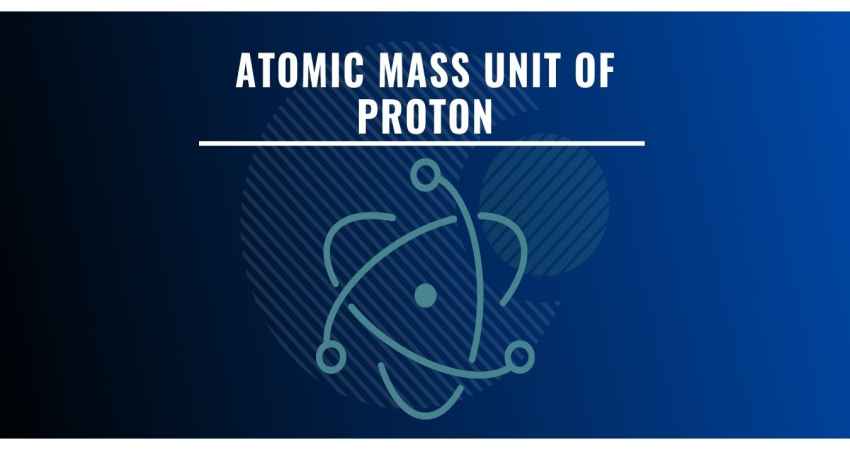The atomic mass unit (or AMU) is a unit of both mass and atomic weight. What is an atomic mass unit of a proton? It is defined as one-twelfth of the mass of an unbound atom of carbon-12, which is approximately 1.66053882 x 10 -27 kilograms. The AMU is often used when working with individual atoms or molecules, such as in quantum chemistry and molecular physics.
The most common use for the AMU is measuring the masses of atoms and molecules by isotope number. For example, if a sample contains two types of hydrogen, the one with a heavier isotope will have a higher mass according to its atomic weight in amu.

Atomic mass unit of a proton
Here, are some facts about the atomic mass unit that you may not know :
The mass of a carbon-12 atom is 1.66569953884 x 10 -27 kilograms, so one amu equals 1/12th of that. The atomic mass unit is defined as the mass of one carbon-12 atom, which has a mass of exactly 12 amu It was first defined in 1961 by Seaborg, who also proposed the symbol for it: amu.
In an ideal world, all scientists would use the same units of measurement. In practice, however, this is not always possible or practical. This means that when comparing measurements in different laboratories and countries around the world there are differences in units of measurement.
A proton is a subatomic particle and two types of particles found in the nucleus of atoms. Protons carry a positive charge and have an electric current equal to 1 ampere per second…
A common example is the mass of an atom. The mass unit for the atomic weight (g) can be defined. If a scientist uses the International System of Units (SI) in their measurements, they will have to specify which unit is being used. This means that 1 g = 6.022e+23 daltons. https://youtu.be/w4a_tXF2Nvs
Mr. Jahangir Alam is an Electrical & Electronics Engineer with a wide range of experience in several fields of Engineering. He finds engineering articles to be very interesting, and that is why he likes to write them. To know more about him, please click here.

